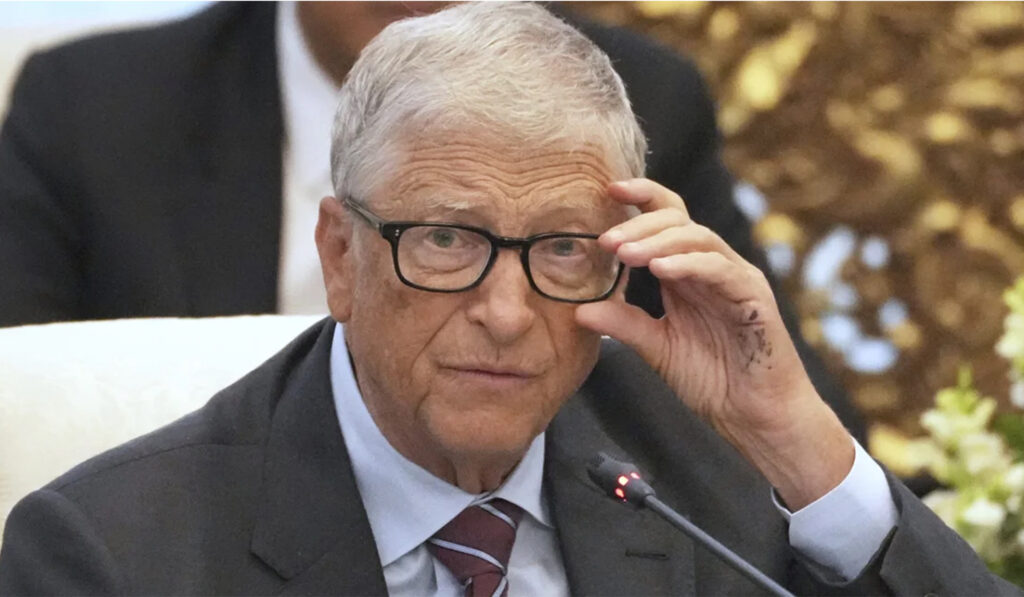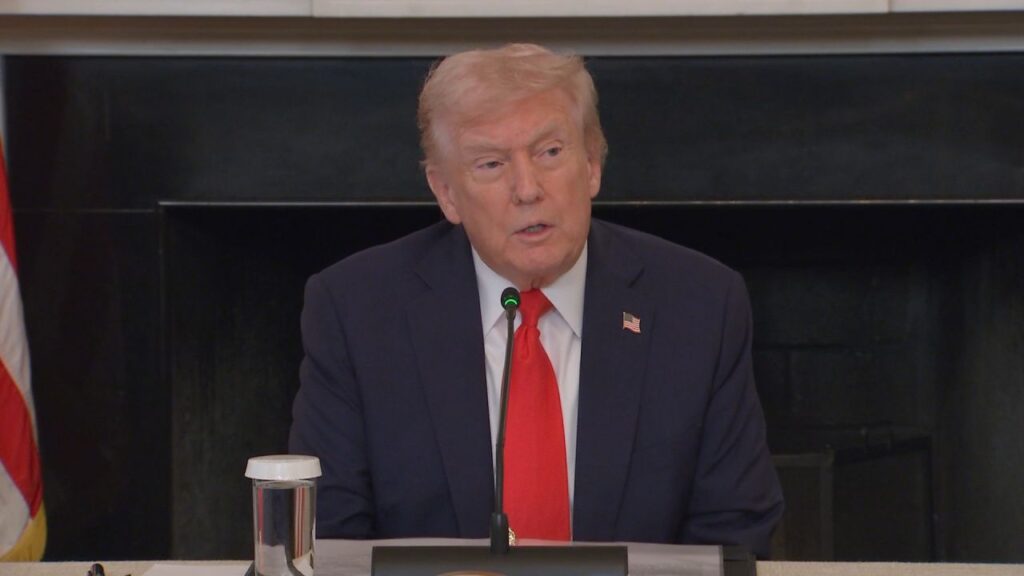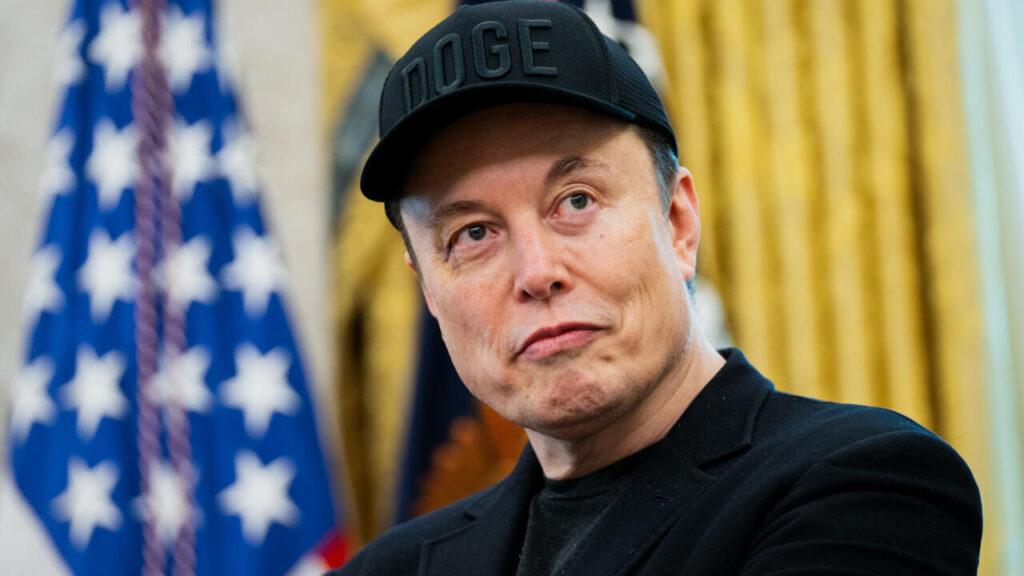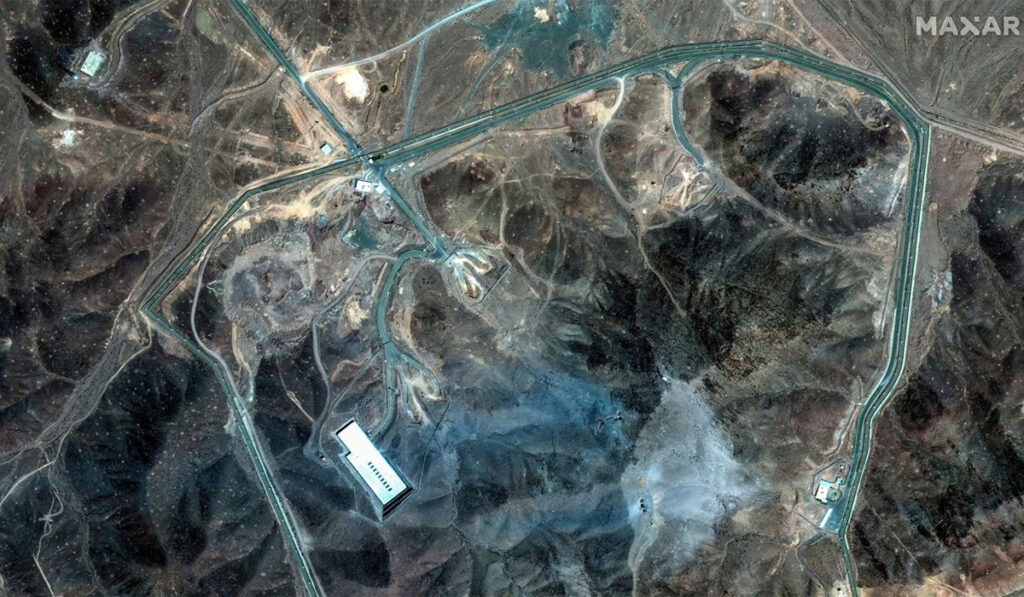
Bill Gates has officially announced plans to donate nearly all of his estimated $200 billion fortune over the next 20 years and to close the Bill & Melinda Gates Foundation by December 31, 2045. This represents a significant acceleration from the foundation’s original plan, which was to sunset several decades after the deaths of its founders.
In a blog post published on May 8, 2025, Gates explained that the urgency of global challenges, such as preventable diseases and poverty, prompted him to expedite his philanthropic efforts. He emphasized that holding onto resources that could be used to help people was no longer justifiable.
The Gates Foundation, co-founded by Bill and Melinda French Gates in 2000, has already contributed over $100 billion to various causes, including global health, education, and poverty alleviation. With this new commitment, the foundation plans to double its spending, allocating more than $200 billion over the next two decades.
This announcement comes amid significant cuts to global health funding, including the closure of USAID and the U.S. withdrawal from the WHO. Gates hopes his commitment will underscore the importance of investing in global health and inspire others to contribute.
Gates’ decision aligns with his long-standing belief in the responsibility of the wealthy to give back to society, a philosophy influenced by Andrew Carnegie’s 1889 essay “The Gospel of Wealth.” He reiterated this sentiment, stating, “People will say a lot of things about me when I die, but I am determined that ‘he died rich’ will not be one of them.”
The Billion-Dollar Journey of Bill Gates
Bill Gates amassed his fortune primarily through the creation and growth of Microsoft, the software company he co-founded with Paul Allen in 1975. Their initial breakthrough came when they developed a version of the BASIC programming language for the Altair 8800, one of the first personal computers. This success led to the establishment of Microsoft, which quickly became a key player in the burgeoning personal computer industry.
A significant milestone in Gates’ wealth accumulation was Microsoft’s licensing deal with IBM in the early 1980s. Microsoft provided the MS-DOS operating system for IBM’s personal computers, a move that positioned Microsoft as a dominant software provider. The company’s decision to retain the rights to MS-DOS allowed it to license the software to other PC manufacturers, further expanding its market reach.
In 1986, Microsoft went public, and Gates, as the largest individual shareholder, saw his wealth increase substantially. By 1987, at the age of 31, he became the youngest self-made billionaire at the time. Throughout the 1990s and early 2000s, Microsoft’s continued success with products like Windows and Office solidified Gates’ position as one of the world’s wealthiest individuals.
Beyond Microsoft, Gates diversified his investments through Cascade Investment, a holding company he established to manage his wealth. Cascade has stakes in various sectors, including real estate, energy, and hospitality, contributing to the growth of Gates’ fortune.
As of May 2025, Gates’ net worth is estimated at approximately $113 billion. He has pledged to donate 99% of his wealth through the Bill & Melinda Gates Foundation, focusing on global health, education, and poverty alleviation. The foundation plans to distribute these funds by 2045, after which it will cease operations.
What the Future Might Look Like Without the Gates Foundation
As Bill Gates announces his plan to donate nearly all of his wealth and wind down the Bill & Melinda Gates Foundation by the end of 2045, the philanthropic world is bracing for a monumental shift. For over two decades, the Gates Foundation has stood at the forefront of global health, education, and poverty reduction. Its planned closure raises important questions about what the world might look like without it—and how others might fill the void it leaves behind.
A Major Gap in Global Health Support
The Gates Foundation has been one of the most influential forces in global health, investing more than $100 billion in initiatives such as vaccine development, disease eradication, and maternal and child health. Organizations like Gavi, the Vaccine Alliance, and programs combating malaria and HIV/AIDS have benefited enormously from Gates Foundation funding.
Without it, many low-income nations may face reduced access to critical medical resources. The loss of such a major funder could result in slower progress—or worse, reversals—in global health outcomes unless other public and private entities step up to bridge the gap.
Increased Pressure on Governments and NGOs
The foundation’s planned exit will also increase the burden on government aid agencies and non-governmental organizations (NGOs), many of which rely on Gates funding to scale operations. U.S. agencies such as USAID and global institutions like the World Health Organization may be called upon to increase their roles and funding levels, even as political and economic uncertainties threaten existing commitments.
Smaller NGOs that have come to depend on Gates Foundation grants may find themselves struggling to survive or adapt, potentially disrupting services to vulnerable communities.
A Leadership Void in Strategic Philanthropy
Beyond funding, the Gates Foundation has been a leader in shaping global development strategy, pushing for data-driven decision-making and forging large-scale partnerships across sectors. Its absence could leave a leadership void in the global philanthropic ecosystem, slowing the pace of innovation and collaboration.
Bill Gates’ active involvement in policy, science, and technology helped push governments and international bodies to think bigger and act faster. Without that influence, there’s a risk that important global challenges—especially those without immediate political or financial returns—could receive less attention.
Room for a New Generation of Philanthropy
Despite the concerns, there’s hope that Gates’ decision will serve as a catalyst for a new wave of philanthropy. His long-standing commitment to giving has already inspired others. Initiatives like the Giving Pledge, co-founded by Gates and Warren Buffett, have motivated more than 240 billionaires to commit to donating the majority of their wealth.
New philanthropists—such as MacKenzie Scott, the Chan Zuckerberg Initiative, and others—are now leading with bold, flexible funding strategies. The sunsetting of the Gates Foundation could make room for a more diverse and decentralized philanthropic landscape, empowering smaller organizations and local leaders to step up with fresh perspectives and community-specific solutions.
A Shift Toward Decentralized, Tech-Enabled Giving
As Gates noted in his recent announcement, the rise of artificial intelligence and other emerging technologies could play a key role in enhancing the effectiveness of philanthropy in the years ahead. These tools may allow smaller foundations and nonprofits to work smarter—allocating funds more efficiently, analyzing impact more precisely, and reaching underserved areas faster.
By 2045, the landscape of global giving could look vastly different: less centralized, more nimble, and increasingly tech-powered.
The world without the Gates Foundation will be different—there’s no question about that. But with careful planning and increased participation from a broader range of donors and governments, the transition could lead to a more equitable and resilient global philanthropic system.
As Bill Gates phases out one of the most influential foundations in history, the rest of the world has an opportunity—and a responsibility—to build on its legacy.
News Source: CNN

Bella Richardson is a dedicated journalist and news analyst known for her clear, thoughtful reporting and her ability to make complex stories accessible to a broad audience. With a Master of Science in Mass Communication, she brings both academic insight and real-world experience to her coverage of breaking news and trending topics throughout the United States.






